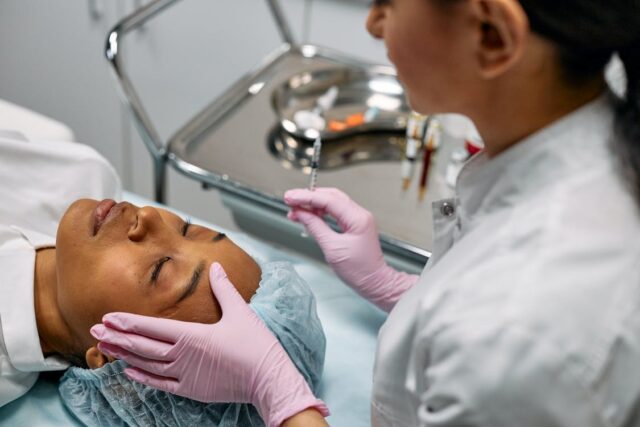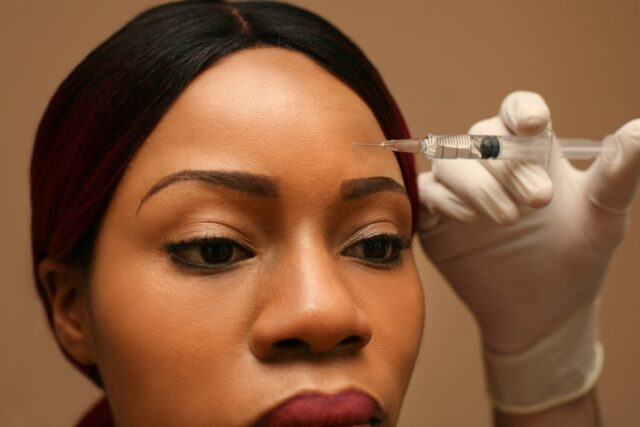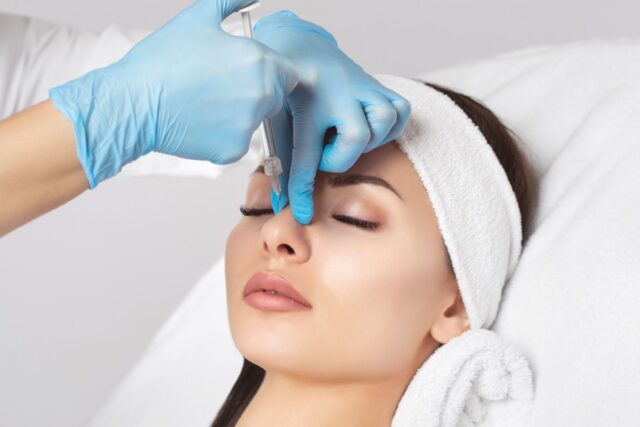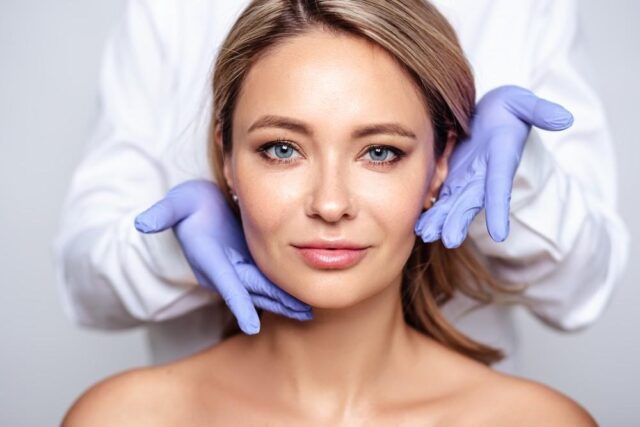
Non-surgical aesthetic treatments, often referred to as non-invasive or minimally invasive cosmetic procedures, have gained significant popularity in recent years.
These treatments can help improve one’s appearance without the need for surgery and lengthy recovery times. If you’re a beginner looking to explore these options, here is a comprehensive guide to non-surgical aesthetic treatments:
Consultation
Start by scheduling a consultation with a board-certified dermatologist or plastic surgeon who specializes in non-surgical aesthetics. They can assess your specific needs and recommend suitable treatments.
Understand Your Goals

During the consultation, be sure to explain your aesthetic priorities in a clear and concise manner. Whether you’re looking to reduce wrinkles, enhance facial features, or address skin concerns, having a clear understanding of your objectives is crucial.
Common Non-Surgical Aesthetic Treatments
- Botox and Dysport – Injections of botulinum toxin, which work by temporarily paralyzing the muscles under the skin, are often used to treat wrinkles and fine lines.
- Dermal Fillers – Injectable fillers like hyaluronic acid and collagen can plump and enhance areas of the face, such as lips, cheeks, and under-eye hollows.
- Chemical Peels – Chemical solutions are applied to the skin to exfoliate and improve its texture, addressing issues like acne scars, fine lines, and hyperpigmentation.
- Laser Therapy – Various laser treatments can target skin concerns, from hair removal to skin resurfacing and the reduction of pigmentation and blood vessels.
- Microdermabrasion – This minimally invasive exfoliation technique removes the outer layer of dead skin cells to rejuvenate the skin’s appearance.
- Microneedling – Tiny needles are used to create controlled micro-injuries in the skin, stimulating collagen production and improving skin texture.
- CoolSculpting – This non-surgical fat reduction method freezes and eliminates unwanted fat cells from the body.
- Ultherapy – Ultrasound technology is used to tighten and lift sagging skin on the face and neck.
- IPL (Intense Pulsed Light) Therapy – IPL treatments target issues like sunspots, age spots, and broken blood vessels to improve skin tone and texture.
- PRP (Platelet-Rich Plasma) Therapy – PRP is extracted from your blood, and when injected, it can stimulate collagen production and promote hair growth.
Risks and Benefits

Every therapy comes with its own individual set of advantages and disadvantages. Talk to your physician about them, and be sure to inquire about any possible adverse effects, recovery time, and outcomes you might anticipate.
Cost
There is a large amount of variation in the cost of non-surgical therapies due to the fact that the technique and location both have a role. In order to get the best possible outcomes, many treatments may need numerous sessions.
Recovery
Non-surgical treatments generally have minimal to no downtime, allowing you to resume your daily activities soon after the procedure.
Maintenance

Many non-surgical treatments are not permanent, so you may need periodic maintenance sessions to retain your desired results.
Choosing a Provider
Research and select a reputable provider who is experienced and certified in the specific treatment you’re interested in.
Post-Treatment Care
Follow your provider’s instructions for post-treatment care, which may include skincare products, sun protection, and avoiding certain activities.
Realistic Expectations
Maintain reasonable expectations for the outcomes that may be expected from these therapies. Treatments that do not involve surgery may improve your look, but the effects may not be as striking as those produced by surgical procedures.
Conclusion
Remember that individual experiences and results may vary, and it’s crucial to consult with a qualified professional before undergoing any non-surgical aesthetic treatments. Always prioritize your safety and well-being. Learn how to build a skincare routine.








